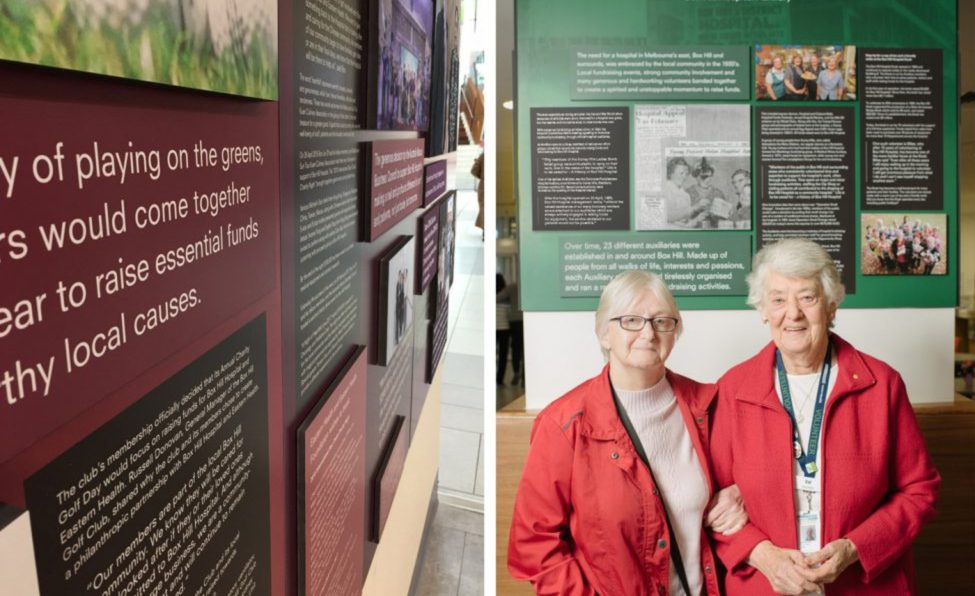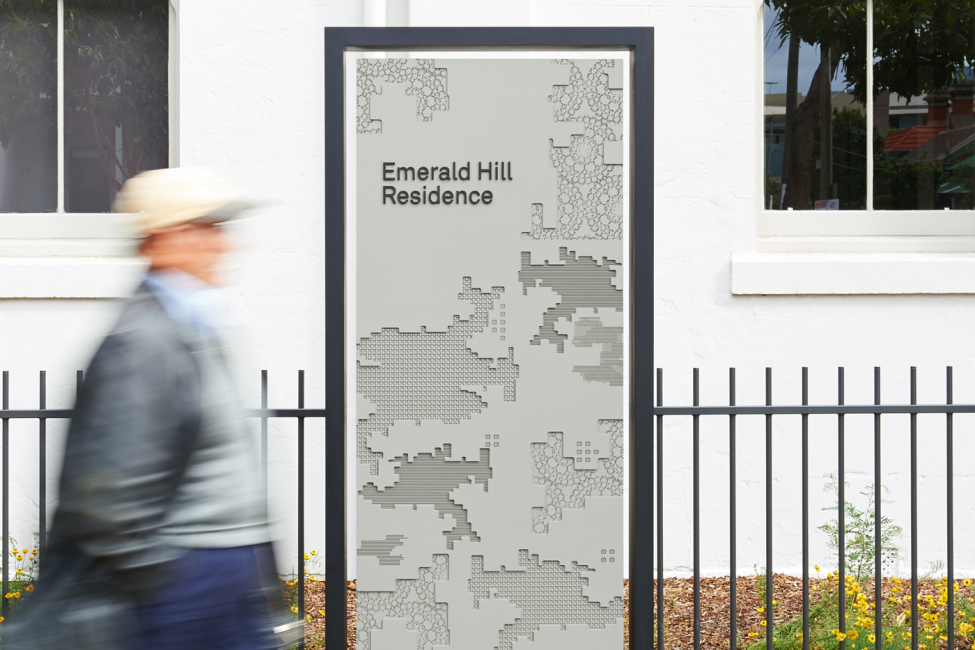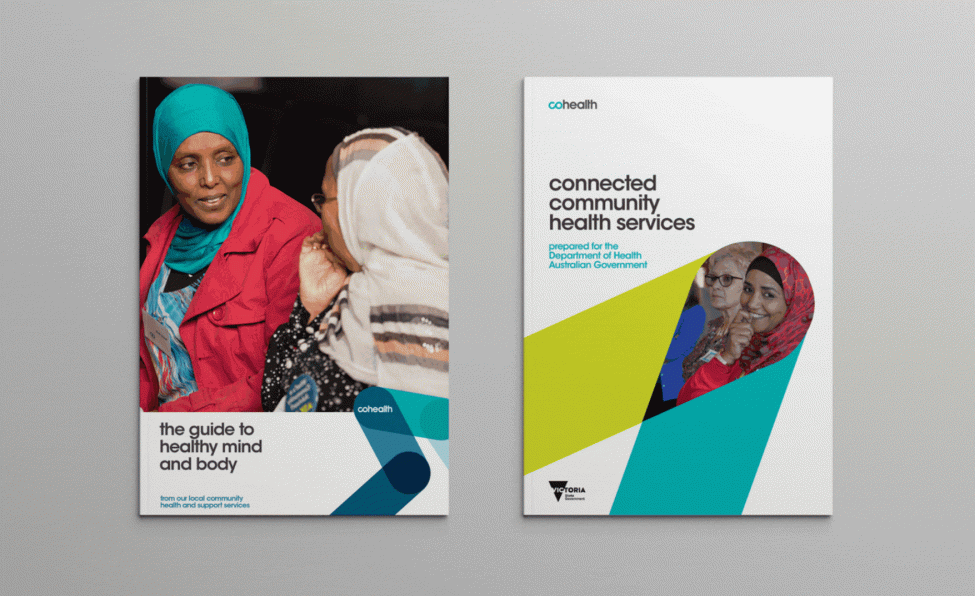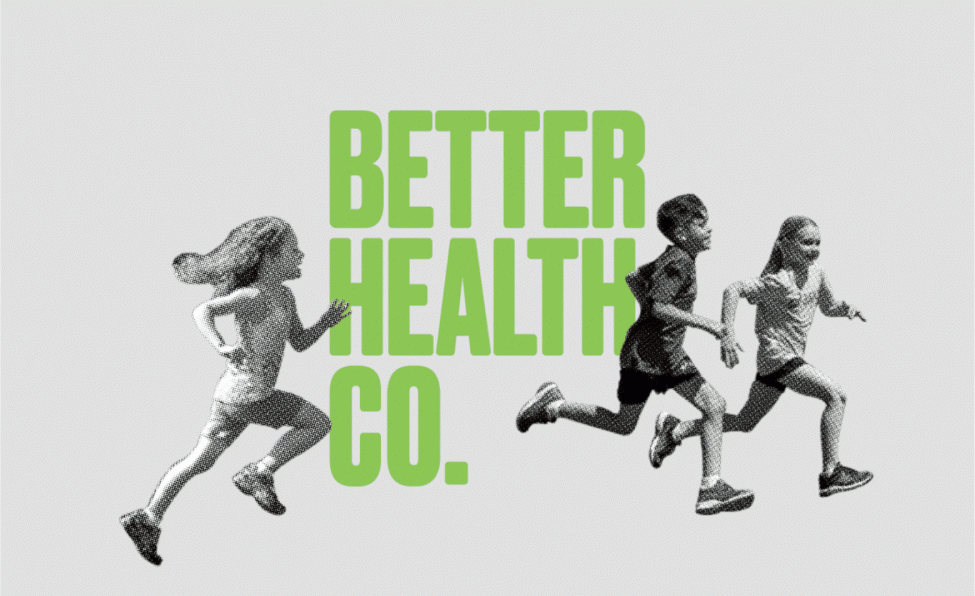
Shaping Experiences in the Healthcare Sector
Branding and Marketing in the medical field isn’t merely based on aestheticism and complimentary colours. If we consider some of the feelings associated with critical health – fear, anxiety, uncertainty, then it makes sense that branding exists to relieve them.
So when the brief is healthcare the branding process expands, relying on both creative and scientific thought to identify medically sound design decisions. The only way we can shape better experience for patients, medical staff and visitors is by understanding the psychological and physiological nature of the subjects and more importantly, how design can assist throughout their healing process.
When collaborating with medical organisations, it’s important to realise there is not one clear answer, person or demographic who represents the ‘ideal target audience’. Every organisation and patient has distinct tender needs that need to be considered during the branding process. For instance, medical spaces inhabiting epilepsy patients must avoid flashing elements, contrasting patterns and colours that cause seizures whereas cancer facilities have to elicit empathy and reassurance in communication design to ensure vital information is delivered, absorbed and actioned by patients and family members during a very tumultuous period.
The success of our healthcare projects, in all design and marketing capacities, hinges on the ability to keep humanity at the centre of everything we do.

Wayfinding and signage
Wayfinding and Signage in the medical world need to project much more than just an attractive image, they are crucial to the function, accessibility and safety of how we navigate medical environments. Implemented to cut down time and reduce stress associated with traversing unfamiliar and sometimes quite uncomfortable settings, wayfinding and signage can largely increase our comfortability in overwhelming environments.
Wayfinding is how we navigate spatial environments and put simply, it solves the challenge of transitioning from one location to another. Moreover, in the medical sector, efficient wayfinding can impact health outcomes, as timely access to care is critical. Additionally, it promotes social well-being by fostering a sense of comfort and confidence among patients, medical staff and visitors.
It’s critical to address the requirements of people encompassing all levels of accessibility when developing a wayfinding and signage strategy. Positions, including height, scale and angles should reflect patient needs and be top of mind for all design decisions. Implementing accessibility systems such as braille, tactile letters or ground surface indicators help to guide and signal visually impaired and hard of hearing people through environments most people can typically traverse without a second thought. Treating accessibility as equality rather than a legal responsibility is how we make better, more informed decisions for healthcare, always returning to the purpose of wayfinding – to promote efficient and seamless journeys, and implementing this for all groups, without discrimination.
Your wayfinding and signage strategy should be inherently linked with the human experience and tailored to the unique needs of each user. This approach necessitates comprehensive planning and thorough research into different user groups to gain insights into their specific interactions with a given location.

Driving medical brands through community
Healthcare at its core, is a deeply personal and community-driven field. We are incredibly proud to collaborate with organisations in this space, creating healthier and stronger communities for all Australians.
We aim to build trust and confidence in the community through branding. When we have faith in our local healthcare providers, we are more inclined to approach the medical field with ease and actively participate in treatment plans, embrace preventive care and contribute to enhanced health outcomes. Healthcare is a consistent need which means it’s consistent stimulus for economic growth however, this non-cyclical market relies on confident, inviting façades to communicate trust in people’s most vulnerable states. The greater the perception the greater the attraction of patients but also better healthcare professionals. Active involvement with medical brands encourages community members to engage in health-related initiatives and volunteer opportunities, creating a culture of health consciousness and community support.
We are humbled to have partnered with organisations like Better Health Co, who align with our empathetic company nature and we feel privileged to continue developing their branding and communication as they walk towards a brighter and healthier future.

Children always come first
Children are a particularly vulnerable population in healthcare. Their unique medical needs, emotional sensitivities and developmental stages require specialised care and attention. Parents and caregivers play the most significant role in building trust between children and health organisations. By putting ourselves in the shoes of parents, we can implement branding and design that reflects the tender love and care shown only a significant guardian can provide.
Branding, wayfinding, signage and messaging create trust, security, and ease, crucial for patient comfort. They contribute to a healing environment that goes beyond clinical efficiency, making the overall experience more patient-centred and supportive. Many childhood medical conditions require ongoing care and treatment. By creating a positive child-centric brand image, we can work together with medical organisations to foster long-term relationships with patients.
We actively engage organisations in the healthcare sector, because we see branding as the gateway to better patient experiences, informing mood, accessibility and ease. By delving further into our work for the community sector, we aim to work with more medical organisations, fostering a healthier and happier future for all Australians together.
Ready to boost your medical brand’s success? Get in touch.



